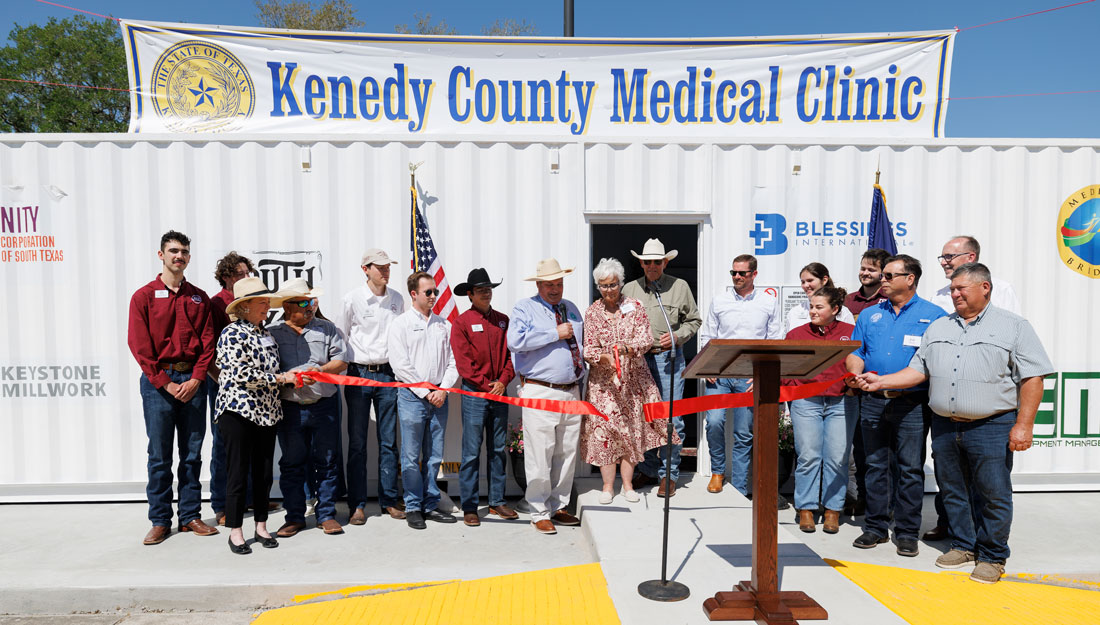Researchers teach adult stem cells to kill breast cancer cells
While adult stem cells have been shown to either produce cancers or make existing cancers worse, researchers at the Texas A&M College of Medicine have discovered these cells from normal adults can be preconditioned, or “taught,” to kill human breast cancer cells.
The study from the College of Medicine Institute for Regenerative Medicine at Scott & White in Temple is currently available online in Cell Stem Cell and will be in the Dec. 7 print issue of the journal.
“Teaching the adult stem cells to kill cancer cells was surprisingly easy,” said Darwin Prockop, MD, PhD, study senior author. “It required only treating the cells for 24 hours with a natural hormone that is normally released by injured tissues.”
As a result, the cells synthesized on their surface a protein called TRAIL that has been long-known to kill many cancers. When the adult stem cells expressing TRAIL were injected into mice, the cells went to the lungs of the mice and decreased the growth of human breast cancer cells that had previously been administered to them.
“The discovery that adult stem cells can be taught to kill cancers has opened a new door to a medical attack on cancer never before imagined,” Prockop said.
Prockop is director of the Institute for Regenerative Medicine at Scott & White, inaugural holder of the Stearman Chair in Genomic Medicine, and professor of molecular and cellular medicine at the college. His research involves adult stem/progenitor cells from bone marrow known as mesenchymal stem cells, multipotent stromal cells or MSCs. These cells have the remarkable ability to home in on injured tissues and repair them by a variety of mechanisms.
According to Prockop and his colleagues, not all the cancers tested by the procedure were killed by the pre-taught adult stem cells. But, the most sensitive were a class of human breast cancer cells called “triple negative” that are the most resistant to current therapies.
In addition, the researchers found after the stem cells began to kill cancer cells, the dead cancer cells made the stem cells even more effective at eradicating cancer cells. In effect, a vicious cycle was initiated in which the stem cells killed cancer cells, and the dead cancer cells enabled the stem cells to kill more cancer cells.
Another encouraging observation was that the cancer cells became even more sensitive to killing by the stem cells if they were also treated with a chemotherapeutic drug currently used in cancer patients. The two-pronged attack with both the cells and the drug was more effective than an approach with either one alone.
“All this offers new hope for patients with cancer,” said Prockop, a member of the National Academy of Sciences and Institute of Medicine. “The results suggest it may be possible to treat patients whose breast cancer has spread to the lung with adult stem cells that can be prepared from a small sample of bone marrow from a normal donor or perhaps even the patient herself. The treatment might be most effective in patients with the most resistant kinds of breast cancers and who already are being treated with chemotherapeutic drugs.”
Prockop admits using this strategy to treat patients will require a great deal more work. The next steps will require additional animal testing to confirm effectiveness and the best way of administering the therapy.
The effectiveness of the therapy hopefully can be improved so it not only will kill enough cancer cells to slow their growth but also kill enough cells to totally destroy the cancer, Prockop said. It also is important to ensure that the educated stem cells do not have unexpected side effects that can harm patients.
An important consequence of this recent discovery is that it focuses attention on the therapeutic proteins made by adult stem cells, perhaps explaining many of their potential beneficial effects. Similar results have led Prockop and his colleagues to pursue the possibility of treating some diseases with the proteins themselves instead of with adult stem cells, and such research to treat eye injuries is nearing clinical trials.
The experiments reported in the Cell Stem Cell study were performed in the Institute for Regenerative Medicine by Ryang Hwa Lee, PhD, assistant professor; Nara Yoon, postdoctoral fellow; and John Reneau, MD/PhD student. And, they would not have been possible without funds provided by sources unique to the state of Texas, Prockop emphasized. The research on adult stem cells was made possible through establishment of the Institute for Regenerative Medicine four years ago. The institute received funds from the Governor’s Emerging Technology Fund together with funds from the College of Medicine and Scott & White.
“The institute has enabled our faculty to become world leaders in research on using adult stem cells to develop new treatments for diseases such as arthritis, eye diseases and stroke,” Prockop said. “However, we were not able to test the possible use of adult stem cells to treat cancers until we received a research grant from the Cancer Prevention and Research Institute of Texas. We also were able to initiate some research with funds provided by a subcontract of a Department of Health and Human Services grant awarded to Temple Therapeutic LLC.”
Media contact: media@tamu.edu


